For Chinese people, the Mid-Autumn Festival (中秋节, Zhōngqiū Jié) is second only to the Spring Festival in symbolizing family reunion.
Celebrated on the 15th day of the eighth lunar month, it originated during the Qin Dynasty (221–206 BC) and flourished in the Song Dynasty (960–1279 AD).
Why “Mid-Autumn”?
The festival falls in the second month of autumn, centered around the full moon.
As it marks the midpoint of the three autumn months, it’s called “Mid-Autumn” (中秋, Zhōngqiū).
Mid-Autumn Festival Traditions
1. Eating Mooncakes
Mooncakes (月饼, yuèbǐng), or “reunion cakes,” are the festival’s iconic food. These pastries have a thin crust filled with ingredients like nuts, jujube paste, or meat.
Modern variations include osmanthus, ham, salted egg yolk, and pork floss. Historically offered to the Moon Goddess, mooncakes now embody family unity.
2. Family Reunions
In fast-paced modern life, reuniting with loved ones is especially precious. Many return home globally for this occasion, supported by a national public holiday in China.
3. Gift-Giving
Since the Ming Dynasty (1368–1644), exchanging mooncakes and fruits has been customary. Today, gifts express respect and affection among relatives and friends.
4. Festival Activities
Under the brightest full moon of the year, people admire the moon (赏月, shǎng yuè), light lanterns, solve riddles, and enjoy dragon/lion dances—strengthening family bonds through shared joy.
5. Osmanthus Appreciation & Wine
In southern China, osmanthus flowers bloom during the festival.
People savor osmanthus wine, pastries, and the flowers’ fragrance under moonlight, creating a multisensory celebration.
Regional Customs
Tidal Bore Watching (观潮, Guān Cháo)
In Zhejiang’s Hangzhou and Jiaxing, crowds gather on the 18th lunar day to witness the spectacular Qiantang River tidal bore.
”Tree Mid-Autumn” (树中秋, Shù Zhōngqiū)
In Guangzhou, colorful lanterns (e.g., lotus or fish shapes) are hung on rooftops or trees, symbolizing prosperity under the moon.
Burning Pagoda Incense (烧斗香, Shāo Dǒu Xiāng)
In Jiangsu and Shanghai, tiered incense towers are burned with offerings, praying for peace and unity.
Mythology & Cultural Impact
Legends like Chang’e Flying to the Moon (嫦娥奔月), Wu Gang Cutting the Osmanthus Tree (吴刚伐桂), and the Jade Rabbit (玉兔捣药) enrich the festival’s lore.
As one of Asia’s oldest festivals, it’s celebrated in Korea (Chuseok), Japan (Tsukimi), Vietnam (Tết Trung Thu), and Southeast Asian communities—uniting people under the harvest moon.
Classic Mid-Autumn Poetry
“Reflections on a Quiet Night”
By Li Bai (Tang Dynasty)
Before my bed, bright moonlight glows;
I take it for frost on the ground.
I lift my gaze to the full moon,
Then bow my head, lost in homesick thoughts.
古朗月行
作者:李白(唐代)
小时不识月,呼作白玉盘。
又疑瑶台镜,飞在青云端。
”Gazing at the Moon, Thinking of You”
By Zhang Jiuling (Tang Dynasty)
Over the sea, the moon shines bright;
We gaze together, though worlds apart.
Lovers lament the long night,
Awake, yearning heart to heart.
望月怀远
作者:张九龄 (唐代)
海上生明月,天涯共此时。
情人怨遥夜,竟夕起相思。
灭烛怜光满,披衣觉露滋。
不堪盈手赠,还寝梦佳期。
”Prelude to Water Melody”
By Su Shi (Song Dynasty)
Translated by Xu Yuanchong
How long will the full moon appear?
Wine cup in hand, I ask the sky.
I do not know what time of year
It would be tonight in the palace on high.
Riding the wind, there I would fly,
Yet I’m afraid the crystalline palace would be
Too high and cold for me.
I rise and dance, with my shadow I play.
On high as on earth, would it be as gay?
The moon goes round the mansion red,
Through gauze-draped window to peep at bed.
Why then when people part, is the oft full and bright?
Men have sorrow and joy; they meet or part again;
The moon may be bright or dim, she may wax or wane.
There has been nothing perfect since the olden days.
So let us wish that man
May live long as he can!
Though miles apart, we’ll share the beauty she displays.
水调歌头
作者:苏轼(宋代)
明月几时有,把酒问青天。
不知天上宫阙,今夕是何年。
我欲乘风归去,又恐琼楼玉宇,
高处不胜寒。
起舞弄清影,何似在人间。
转朱阁,低绮户,照无眠。
不应有恨,何事长向别时圆。
人有悲欢离合,月有阴晴圆缺,
此事古难全。
但愿人长久,千里共婵娟。
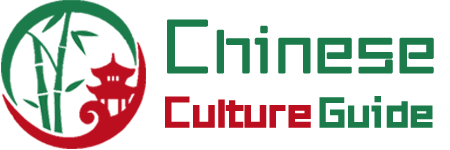
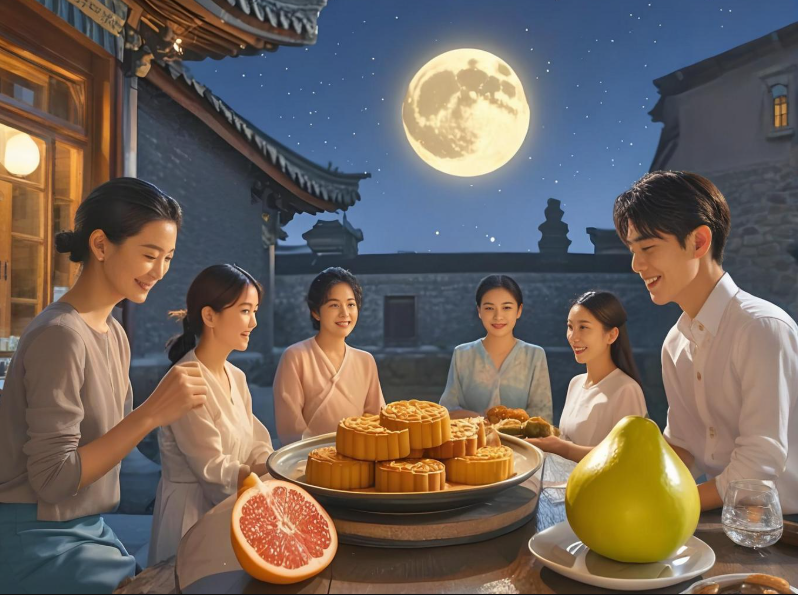
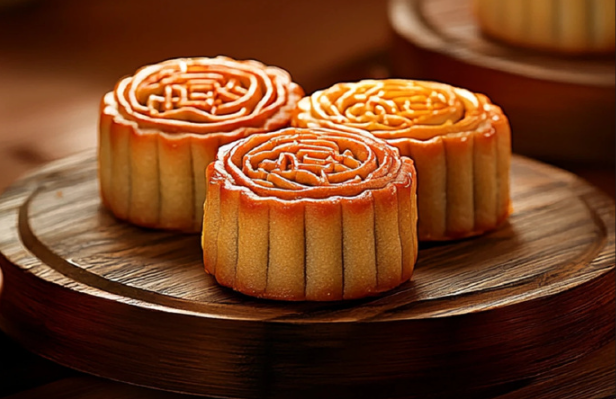
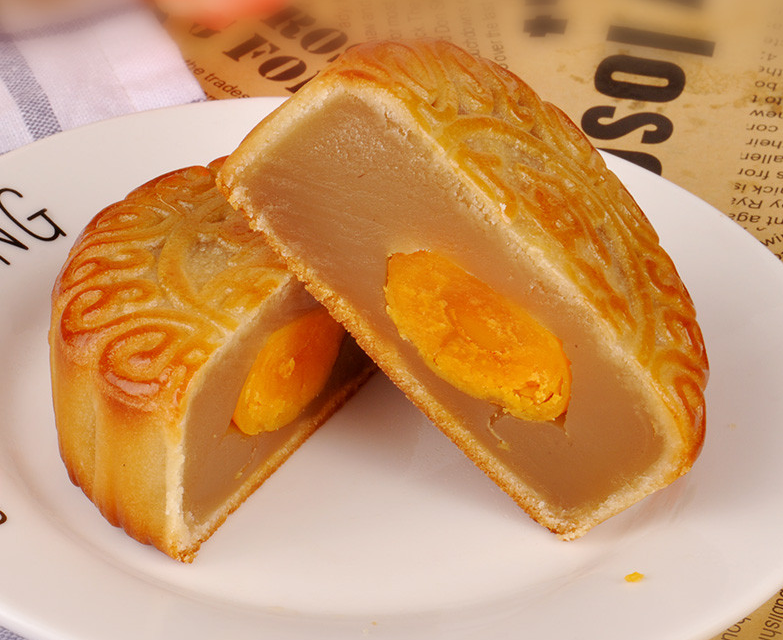
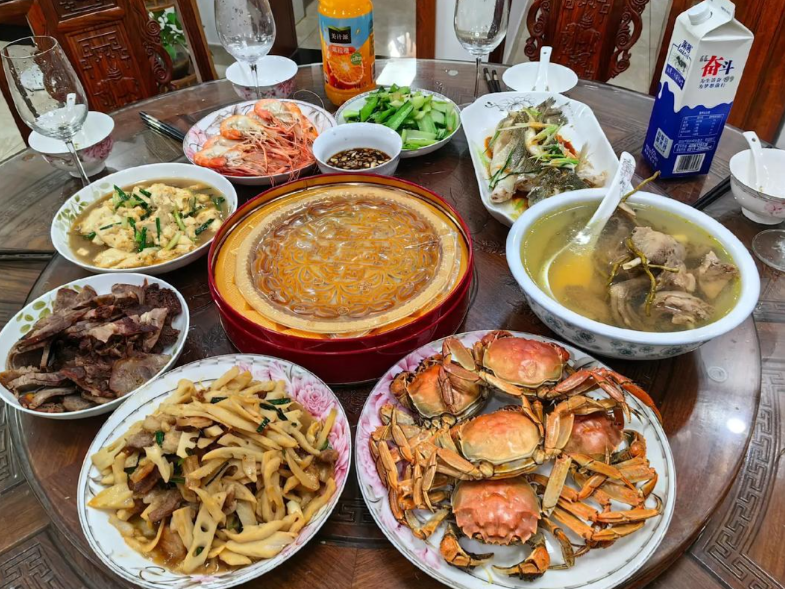
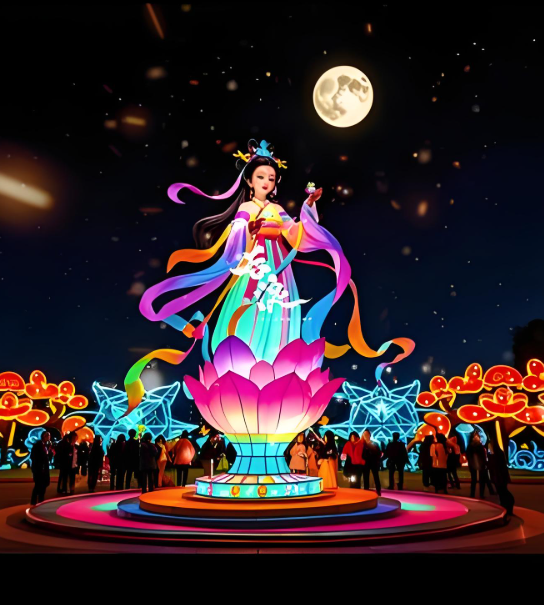
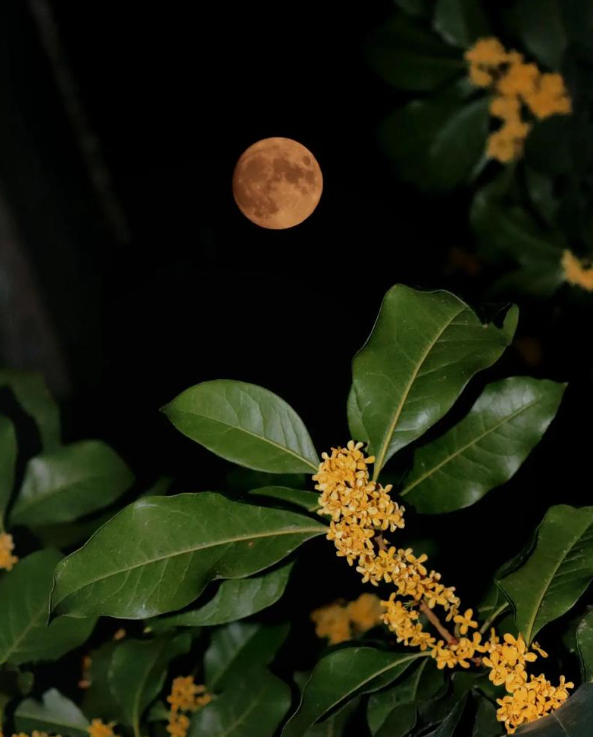
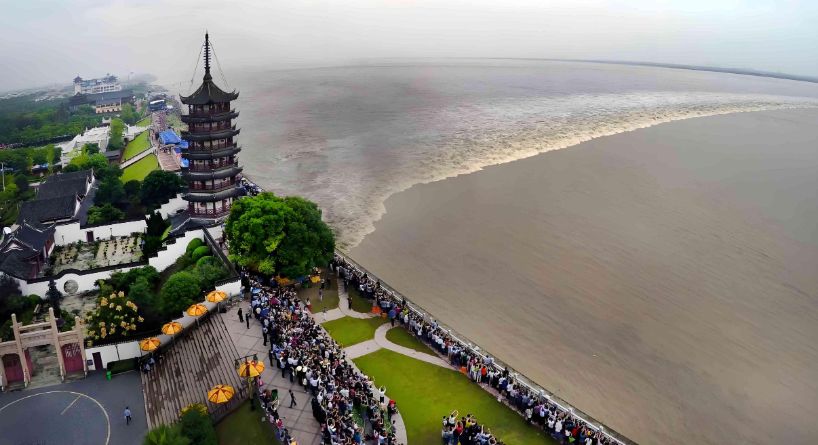
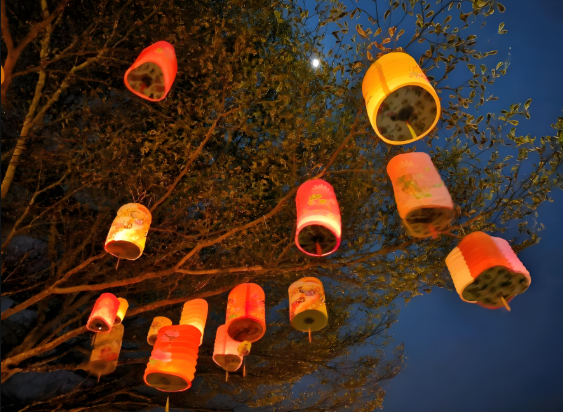
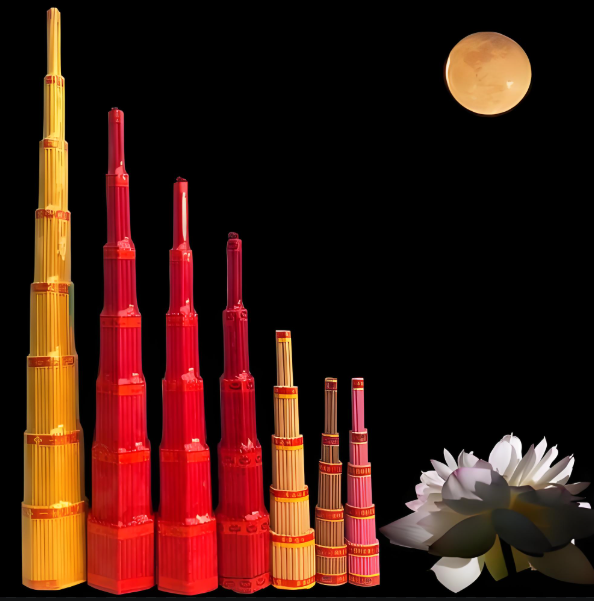
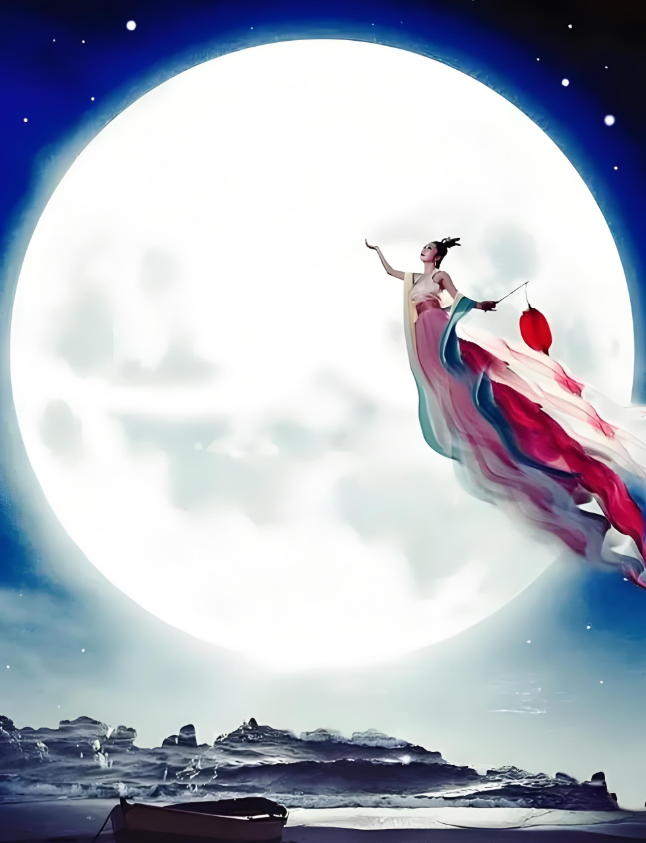
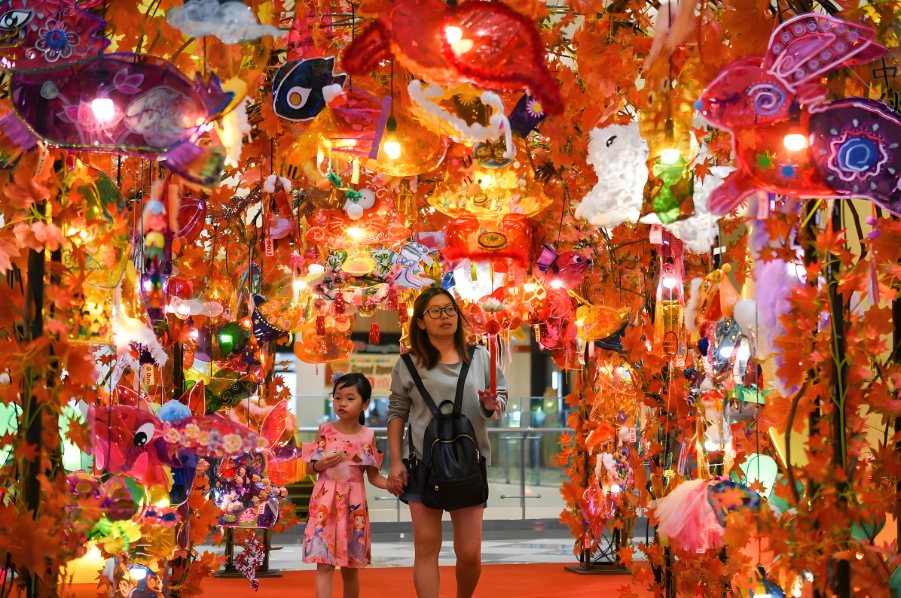




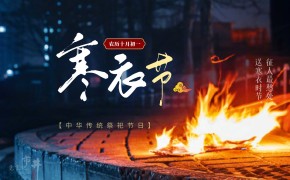
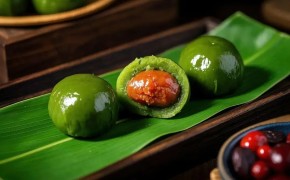







There are no comments yet, come and comment~